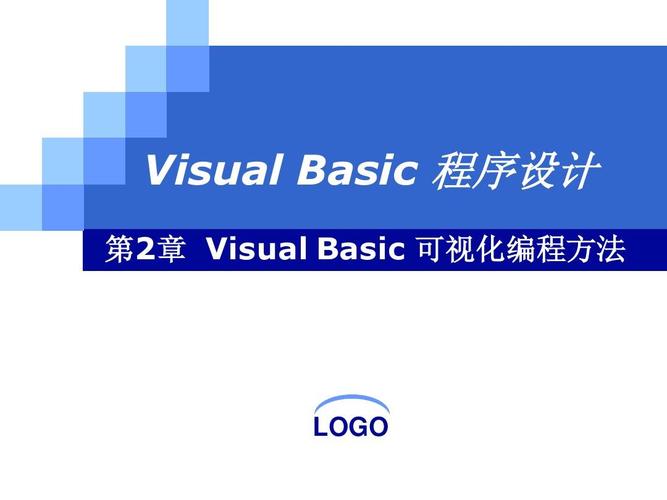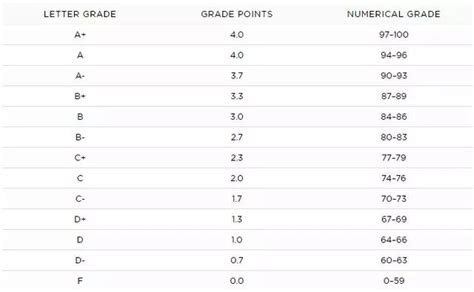VisualProgrammingMethods
Visual programming is a method of programming that allows users to create programs by manipulating graphical elements rather than writing code. This approach can be particularly useful for beginners or those who are more visually oriented. There are several visual programming methods that are commonly used in various industries:
1. Flowchart-Based Programming
Flowchart-based programming is one of the most common visual programming methods. It involves creating a flowchart that represents the logic of a program. Each shape in the flowchart represents a different type of action, such as input, output, decision, or process. Flowchart-based programming is often used in educational settings to teach programming concepts in a visual way.

2. Block-Based Programming
Block-based programming involves dragging and dropping blocks of code to create a program. Each block represents a specific function or operation, and users can connect the blocks together to define the flow of the program. Block-based programming is commonly used in visual programming languages like Scratch and Blockly, which are designed to be user-friendly and accessible to beginners.
3. Dataflow Programming
Dataflow programming is a visual programming method that focuses on the flow of data through a program. In dataflow programming, nodes represent operations or functions, and edges represent the flow of data between nodes. This approach can be particularly useful for parallel programming and real-time systems, where the order of operations is critical.
4. Visual Scripting
Visual scripting is a method of programming that uses a visual interface to create scripts. Users can drag and drop nodes to define the logic of a program, similar to block-based programming. Visual scripting is often used in game development engines like Unreal Engine and Unity, where designers and artists can create interactive experiences without writing code.
5. Model-Based Development
Model-based development is a visual programming method that focuses on creating models of systems or processes. These models can then be automatically translated into code. Model-based development is commonly used in industries like aerospace, automotive, and industrial automation, where complex systems need to be designed and verified before implementation.
Guidelines for Visual Programming:
- Understand the logic: Before starting to create a visual program, make sure you have a clear understanding of the logic and flow of the program.
- Start simple: Begin with small projects to familiarize yourself with the visual programming method you are using.
- Use comments and labels: Adding comments and labels to your visual program can help you and others understand the logic and purpose of each element.
- Test frequently: Test your visual program regularly to identify and fix any errors or bugs.
- Explore tutorials and examples: Take advantage of tutorials and examples to learn new techniques and best practices in visual programming.
Overall, visual programming methods can be a powerful tool for creating programs in a more intuitive and user-friendly way. By understanding the different visual programming methods available and following best practices, you can effectively leverage visual programming to develop a wide range of applications across various industries.











